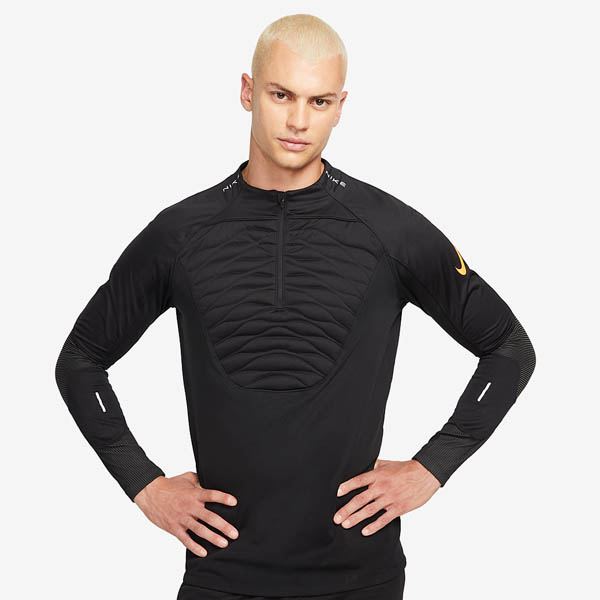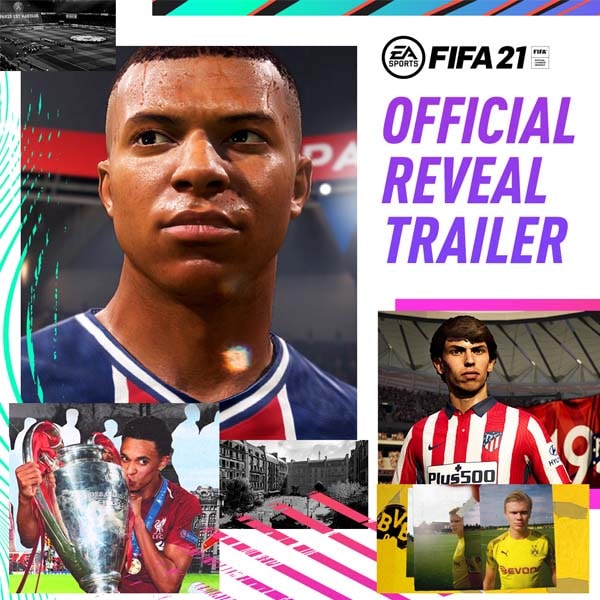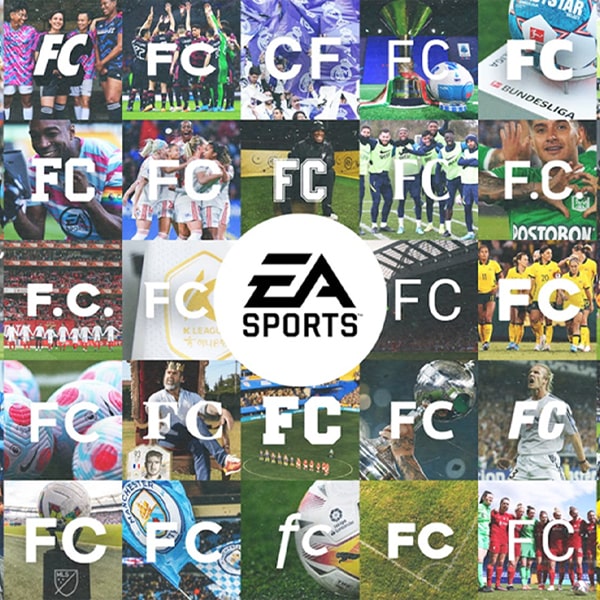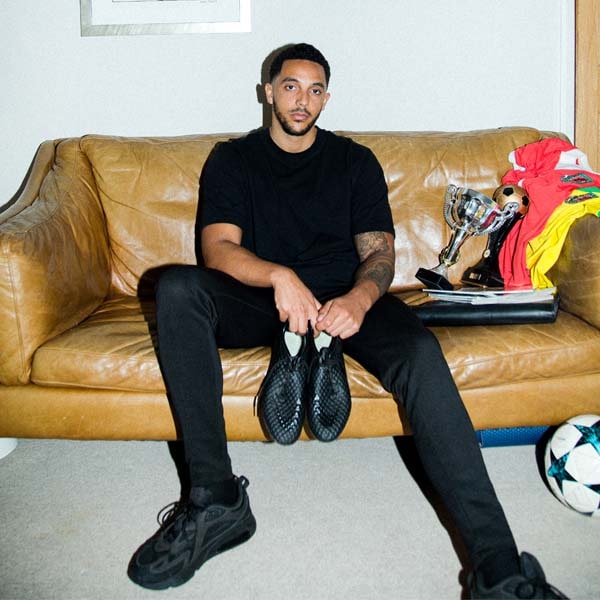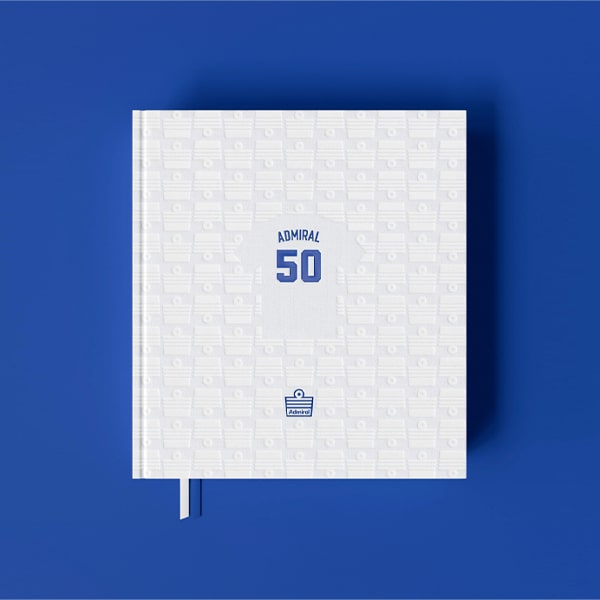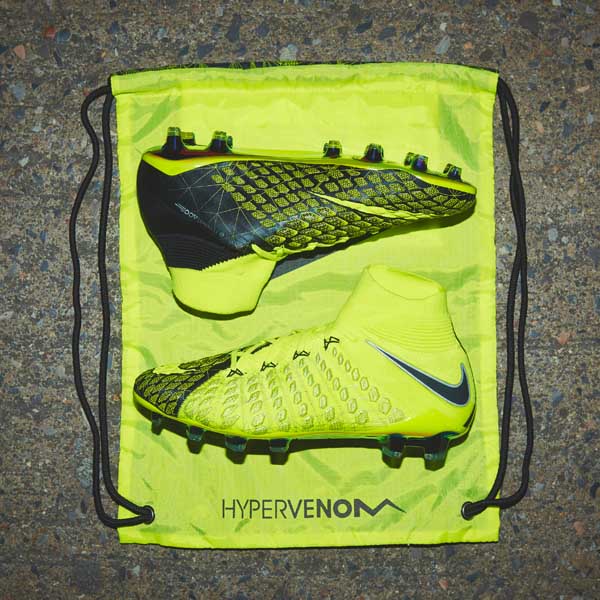Kenny McCallum Interview - Warrior Sports LFC

Designing the new kit for a football club steeped in history with some of the games most passionate fans is no easy task, but that's exactly the challenge that faced Kenny McCallum and his team at Warrior Sports. The new Liverpool football kits for the 2012/13 season have had a huge reaction on the web, and as Warrior Sports make their Premier League debut SoccerBible chatted with Kenny to hear about the whole design process...
Liverpool football club is Warrior Sports first venture into football, and rather than go for the easy option they've taken on board one of the games most iconic clubs. Has this fazed Kenny and the guys at Warrior? Not at all, they've used this as an opportunity to revolutionise, and you don't get more radical than introducing coffee extract to the fabric of the shirt!
|
Could you give us a brief background on Warrior Sports in football? Kenny McCallum: In 2010 we were looking at how to expand the business in team sports, and you quickly come round to the understanding that football is the biggest global sport in a team environment. It was quite a simple equation to say right that's the market we go into.
Liverpool supporters are famously passionate, was there a sense of pressure in delivering the new replica? |
 |
KM:I think there always is. It doesn't matter whether it's the kit, the training product or the footwear, there's a pressure to make it perform as expected. You've got to meet expectations, and our two consumer audiences are the players and the fans. So you've got to look at those two markets and really deliver against expectations, with that comes pressure but it's always good to have pressure, it's what helps you to strive and deliver great product.
Did you hold any discussion groups or forums with the fans on the direction of the design?
KM: It's a difficult one, because my background of working with a number of clubs in the Premier League is that if you engage with fans too early you lose some of the confidentiality. Because there was so much speculation, what you have to do is engage at the right time, and given the timescales and the challenge what we did was first go to the club. The club has a real and very accurate idea through the fanbases what they represent and what's important to them, it's a great barometer for managing fan expectations.

But in the current day and age with sites such as SoccerBible, Twitter and Facebook, there's so much speculation it's a lot easier to get feedback from fans. To get an insight into what they look at and what they like, which we've used through the course of development. I'm sure as we progress we'll engage with fans in different ways across the development process. The only thing we probably won't do is physically share the final product ahead of a launch because that then gives the game away.
Was the intention of the kit to look old-school and recapture the past glories?
KM: I think capture past glories is accurate, the key for us was the link back to furious red. Bill Shankly in 1964/65 changed Liverpool to an all red kit, and it's the power of red and danger, we wanted to bring that furious mentality back to the product and deliver it on-field. The amber yellow crest was used between 1976 and 1985 and that was the only ever time Liverpool used an amber yellow crest. We worked out in that period Liverpool won seven league titles, four European Cups, five domestic cups and one European Super Cup, so synonymous with success and a winning mentality. But from a modernity perspective the kit performance aspect is very modern and relevant, with a very good athletic fit.

How does it work, do you present the kit designs and new crest to both the club and Premier League?
KM: It's part of an understanding between the club and ourselves, we work quite closely and consult through many stages. We then put a number of designs in front of the club that we feel are our strongest, and also the crest proposal. Then we moved onto the sampling stage, creating the product and that's when we saw the first tech samples, where again we see things we wanted to improve. At that point we show the club and get further feedback, there is also consultation with players as you need to make sure the fit is great, and the kit performs and meets their expectations.
You've just mentioned one thing that people probably don't realise and that's the Premier League and kit guidelines you've got to conform to, and when playing in European competition as Liverpool do, you have to conform to UEFA guidelines. So there's a lot of processes involved, as far as getting from the design and development stage all the way through to finish product.

So what's the timescale for the process?
KM: It's normally between 24 and 18 months, but we only had about 13 months but were confident that we could design and develop the kit in that timeframe. The club were confident based on the conversations they had with us, and we've subsequently delivered everything in retail not just in the UK but globally.
Were you there personally to see the players reaction to the kit?
KM: I was. We had two stages, the fit and make-up of the product when we were still in the process of fabrication, then there was the reaction to the finished product when we reached the stage of photography and briefing the players. There's the first moment where you get a reaction, but more importantly for a player is the actual fit, feel and how comfortable they are in it. We were pleased to see that once the players had tried the kit on there was more positive reaction than anything else, so we've been really pleased with the players reaction.
 |
Are you able to talk us through some of the tech of the kit and the war-tech technology?
|
There's a durable water resistant coating applied to the fabric which repels water on the facing side, so if there's rain or you spill something on the garment, there's an amount of run-off before the garment will start to absorb any moisture. The kit is very much about performance and keeping players dry and comfortable on-pitch. In addition, in particular areas of the garment you have different fabric because of a different need, so the underarm has a four-way stretch mesh that helps with ventilation and a extra movement.
Can we expect to football boots from Warrior in the future, we've heard Craig Bellamy could be working with you?
KM: Yes that's correct, and Bellamy is the first of a stable of players who we'll be partnering with. It's a great opportunity and great that he plays for Liverpool as well. We've been in discussions with Craig on product and we've got a product more or less ready to get on his feet and trial. It won't hit consumers we don't think until November/December this year, and players will be seen in it just prior to this in September/October, maybe a blacked-out pair in training.
Lastly, will it be a proud moment when you see the players on-pitch wearing the new Liverpool kit for the first time?
KM: I will do when it happens, we've already seen the photography and with the upcoming tour of America we'll see the players in the kit for the first time. But not just myself, for the design and development team it will be a real stake in the ground and a big achievement for everyone involved, so yes I'll be delighted to see it happen.
There's been plenty of reaction and opinions on the new Warrior Sports Liverpool football shirts, and thanks to Kenny McCallum we have a better insight into how the process of designing and developing a Premier League football shirt works. We'd love to hear your opinions online, on Twitter and on Facebook. Kenny McCallum is the Head of Product Marketing at Warrior Sports, kit suppliers to Liverpool FC. For more information visit www.warriorfootball.com


